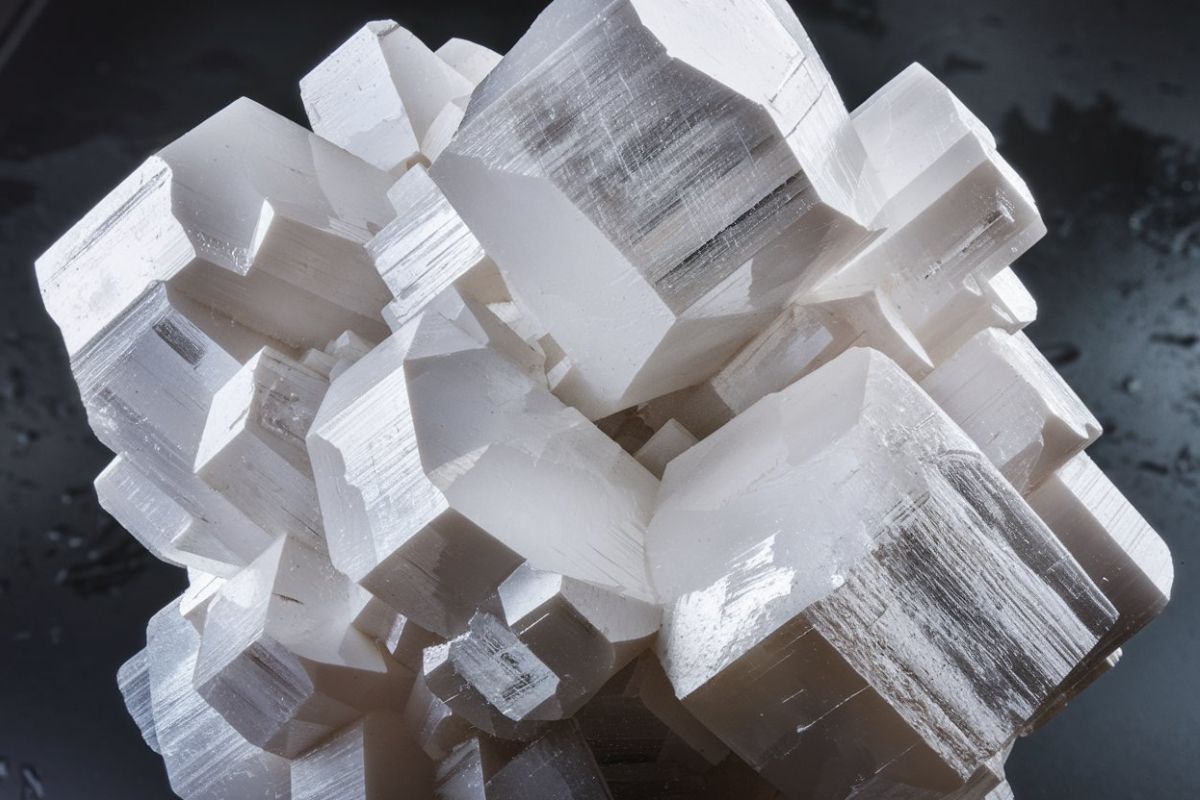
Ammonium Cerium(IV) Nitrate is a chemical compound with a lot of interesting uses and properties. Known for its bright orange color, this compound is often used in organic chemistry as an oxidizing agent. But what makes it so special? It's not just its vibrant hue. Ammonium Cerium(IV) Nitrate plays a crucial role in various scientific applications, from synthesizing complex molecules to aiding in environmental testing. Ever wondered how fireworks get their brilliant colors? This compound is part of the magic. Dive into these 30 fascinating facts about Ammonium Cerium(IV) Nitrate and discover why it's a staple in many laboratories around the world.
Key Takeaways:
- Ammonium Cerium(IV) Nitrate (CAN) is a powerful orange-red chemical used in labs. It helps make new substances and can be dangerous if not handled carefully.
- CAN is used to make cool reactions in chemistry. It's important to wear protective gear and follow rules for safe use and disposal.
What is Ammonium Cerium(IV) Nitrate?
Ammonium Cerium(IV) Nitrate (CAN) is a powerful oxidizing agent used in various chemical reactions. It plays a crucial role in organic synthesis and analytical chemistry.
- Chemical Formula: The chemical formula for Ammonium Cerium(IV) Nitrate is (NH4)2Ce(NO3)6.
- Appearance: It appears as a bright orange-red crystalline solid.
- Oxidizing Agent: CAN is known for its strong oxidizing properties, making it useful in many chemical reactions.
- Solubility: It is highly soluble in water, which aids in its application in aqueous solutions.
- Molecular Weight: The molecular weight of CAN is approximately 548.22 g/mol.
- Melting Point: It decomposes before melting, typically around 200°C.
Uses in Organic Synthesis
Ammonium Cerium(IV) Nitrate is widely used in organic synthesis due to its ability to oxidize various functional groups.
- Alcohol Oxidation: CAN is used to oxidize primary and secondary alcohols to aldehydes and ketones.
- Cleavage of Glycols: It can cleave 1,2-diols into two carbonyl compounds.
- Oxidative Cleavage of Alkenes: CAN helps in breaking double bonds in alkenes to form carbonyl compounds.
- Synthesis of Quinones: It is used in the synthesis of quinones from phenols.
- Deprotection of Acetals: CAN can remove acetal protecting groups in organic synthesis.
Applications in Analytical Chemistry
In analytical chemistry, CAN is used for various purposes due to its strong oxidizing nature.
- Redox Titrations: It is used as a titrant in redox titrations to determine the concentration of reducing agents.
- Spectrophotometry: CAN is used in spectrophotometric methods to analyze the presence of certain compounds.
- Trace Metal Analysis: It helps in the detection and quantification of trace metals in samples.
- Chemical Sensors: CAN is used in the development of chemical sensors for detecting specific analytes.
Safety and Handling
Handling Ammonium Cerium(IV) Nitrate requires caution due to its strong oxidizing properties.
- Protective Gear: Always wear gloves, goggles, and lab coats when handling CAN.
- Storage: Store in a cool, dry place away from organic materials and reducing agents.
- Inhalation Hazard: Avoid inhaling dust or fumes as it can irritate the respiratory system.
- Skin Contact: Direct contact with skin can cause irritation or burns.
- Disposal: Dispose of CAN according to local regulations for hazardous materials.
Environmental Impact
Understanding the environmental impact of CAN is essential for its safe use and disposal.
- Water Solubility: Its high solubility in water means it can easily contaminate water sources.
- Toxicity to Aquatic Life: CAN can be toxic to aquatic organisms if released into water bodies.
- Biodegradability: It is not biodegradable, which means it can persist in the environment.
- Regulations: Many countries have regulations in place for the safe disposal of CAN to minimize environmental impact.
Interesting Facts
Here are some intriguing facts about Ammonium Cerium(IV) Nitrate that highlight its unique properties and uses.
- Historical Use: CAN has been used since the early 20th century in various chemical processes.
- Color Indicator: The bright orange-red color of CAN can act as a visual indicator in some reactions.
- Catalyst: It can act as a catalyst in certain organic reactions, speeding up the process.
- Photochemistry: CAN is used in photochemical reactions due to its ability to absorb light.
- Research: Ongoing research explores new applications of CAN in green chemistry and sustainable processes.
- Availability: CAN is commercially available and widely used in laboratories around the world.
Final Thoughts on Ammonium Cerium(IV) Nitrate
Ammonium Cerium(IV) Nitrate, often abbreviated as CAN, is a fascinating compound with a wide range of applications. From its role in organic synthesis to its use in analytical chemistry, this compound proves its versatility. Its ability to act as a powerful oxidizing agent makes it invaluable in various chemical reactions. Additionally, CAN's role in environmental chemistry, particularly in the treatment of wastewater, highlights its importance beyond the laboratory.
Understanding the properties and uses of Ammonium Cerium(IV) Nitrate can provide insights into its significance in both industrial and academic settings. Whether you're a student, a researcher, or just someone curious about chemistry, knowing these facts can deepen your appreciation for this unique compound. So next time you come across CAN, you'll have a better grasp of its capabilities and contributions to science.
Frequently Asked Questions
Was this page helpful?
Our commitment to delivering trustworthy and engaging content is at the heart of what we do. Each fact on our site is contributed by real users like you, bringing a wealth of diverse insights and information. To ensure the highest standards of accuracy and reliability, our dedicated editors meticulously review each submission. This process guarantees that the facts we share are not only fascinating but also credible. Trust in our commitment to quality and authenticity as you explore and learn with us.
